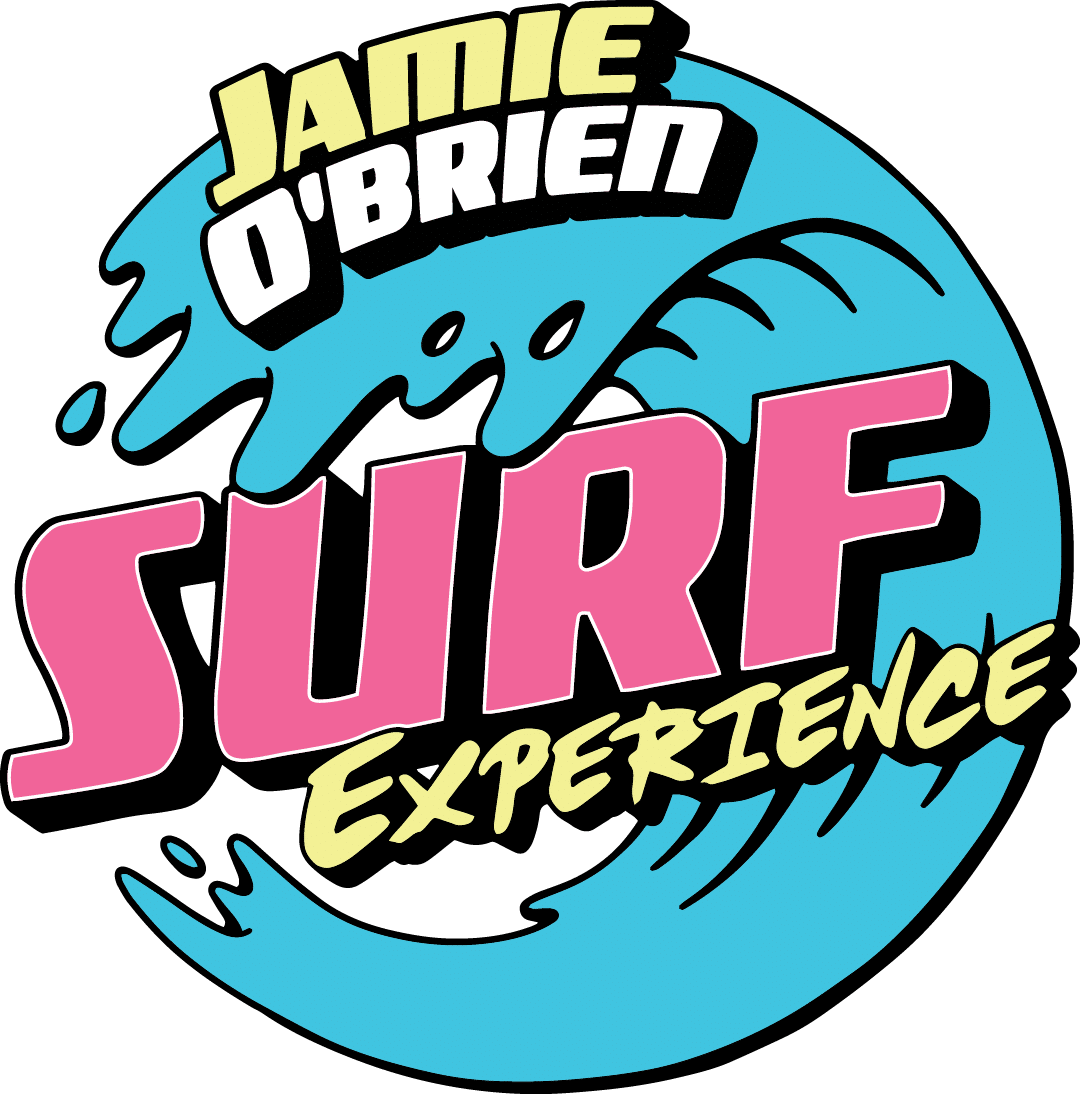When you’re just starting out, choosing the best surfboard for beginners can feel overwhelming. There are tons of options, from longboards to shortboards to everything in between. But understanding the basic parts of a surfboard, and how each one affects performance, can help you find the right fit, especially if you’re riding small waves.
Whether you’re prepping for your first North Shore session or just geeking out on surfboard design, this guide will walk you through everything you need to know.
Surfboard Length

A board’s length runs from nose to tail and is typically measured in feet and inches. Longer boards, like longboards and soft tops, offer more paddle power and are ideal surfboards for small waves. They make wave-catching easier, especially for beginners building confidence.
Surfboard Width
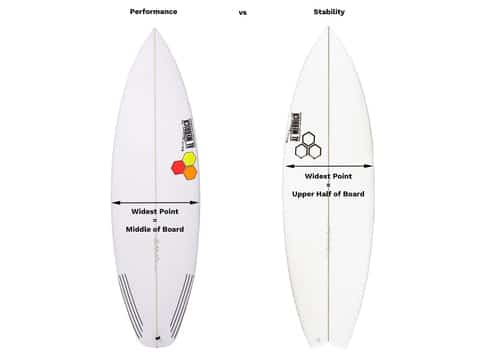
Measured in inches, a board’s width affects how stable and floaty it feels. Wider boards give you more balance and buoyancy. Most beginner boards and grovelers are on the wider side to help new surfers stand up more easily and stay centered.
Surfboard Thickness
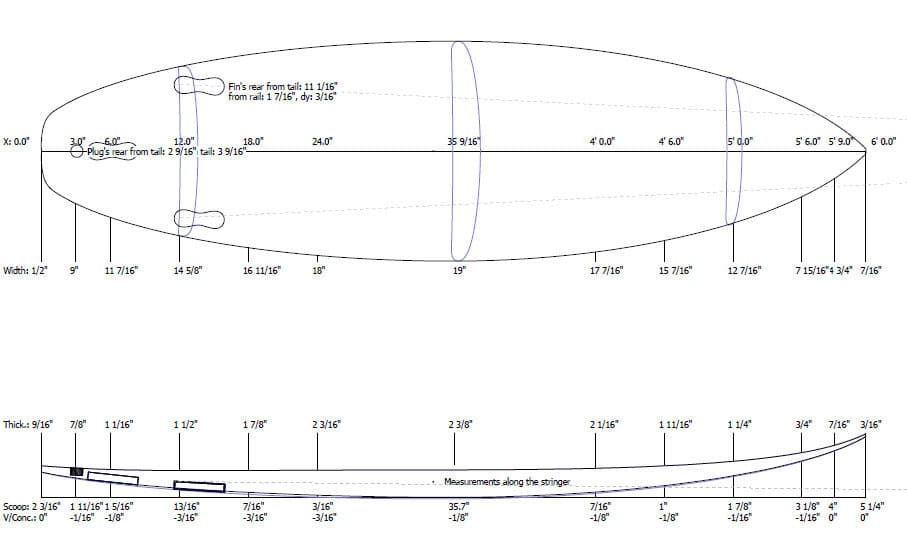
Thickness refers to how “deep” the board is from top to bottom at its thickest point. More thickness means more volume, which increases flotation. This is key for paddling and catching slower waves.
Surfboard Foil

Rocker is the curve of the board from nose to tail. Boards with more rocker (more curve) are built for steep, powerful waves. Less rocker equals more speed in smaller surf. That’s why many surfboards for small waves have flatter profiles—they generate speed more easily and feel faster on slower waves.
Surfboard Rails
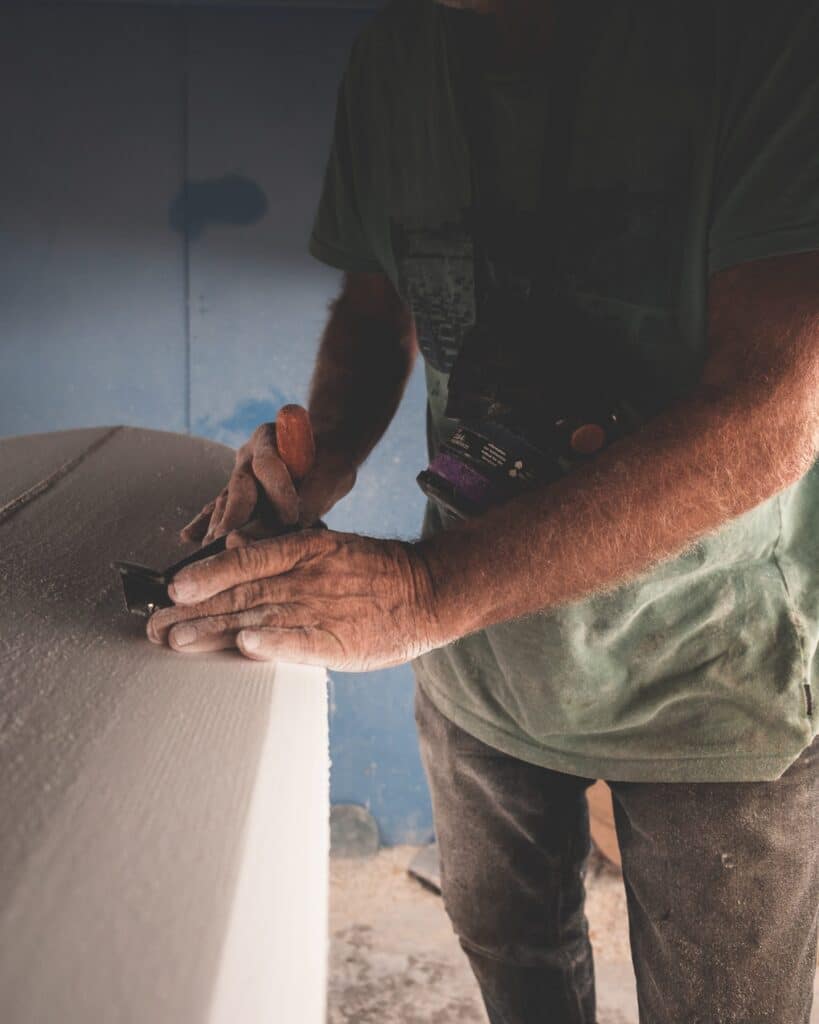
Rails are the edges of your board. Soft, rounded rails (like 50-50 or 60-40) are more forgiving and better for beginners. They help the board grip the wave without digging in too sharply, especially on turns.
Surfboard Nose Shape

The nose of the board influences paddling and maneuverability. Wider noses offer better stability and easier wave-catching, which makes them common in beginner-friendly boards. Narrow noses are made for sharp turns and steep drops, typically found on high-performance shortboards.
Surfboard Tail Shape
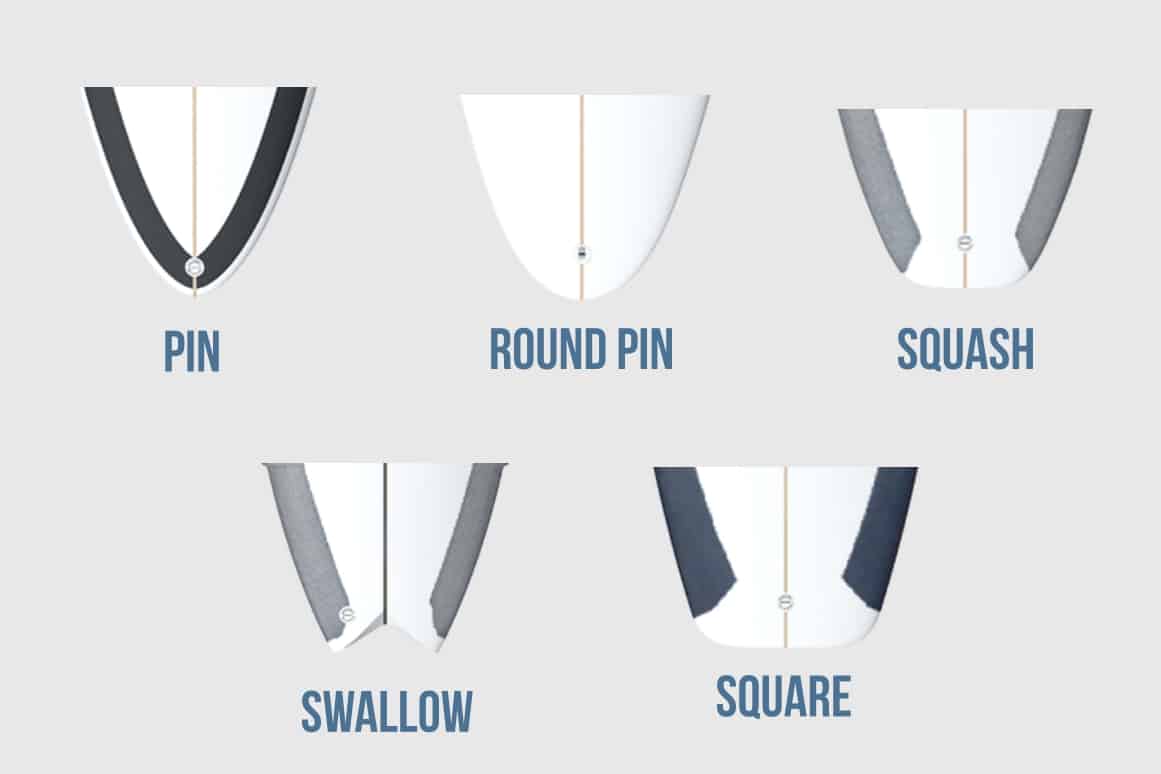
Tail design affects everything from turning to speed to control. There are dozens of surfboard tail shapes—like squash, round, swallow, and pintails—and each one offers a unique ride. For beginners and surfers riding small waves, a squash or round tail adds stability and forgiveness. This part of a board deserves attention, it can completely change how your board feels on a wave.
Still unsure what board to ride? Our North Shore surf school works with surfers of all levels. We’ll help you pick the best board for your goals and the local conditions. Book your lesson today and start your surf journey with confidence.
Frequently Asked Questions
Q: What are the main parts of a surfboard?
A: The key parts of a surfboard include the nose, tail, rails, rocker, foil, width, thickness, and length. Each element plays a role in how the board paddles, turns, and rides waves.
Q: What is the best surfboard for beginners?
A: The best surfboard for beginners is usually a longboard or foam board with lots of volume, width, and stability. These features make it easier to paddle, catch waves, and stay balanced while learning.
